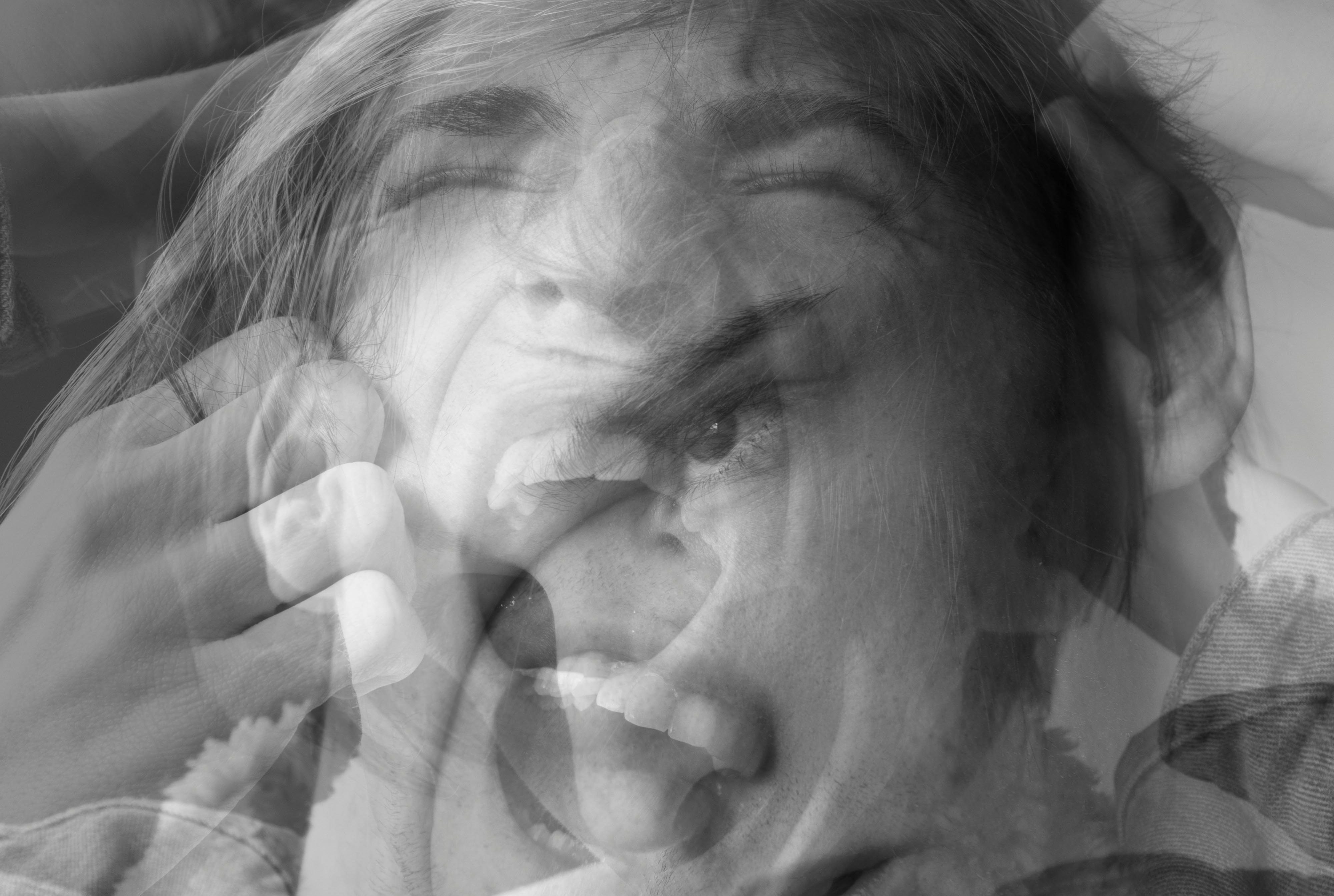Misconception that it is predominantly a problem among teenage girls
By Dr Vasilios Silivistris
According to the dictionary, self-harm is a deliberate injury to oneself, typically as a manifestation of a psychological or psychiatric disorder. Or the verb meaning to commit self-harm.
Self-harm refers to the intentional damage or injury inflicted on one’s own body. It often serves as a means of expressing deep emotional pain, such as low self-esteem, or as a way of coping with traumatic events, like the loss of a loved one. While self-harm is an expression of personal distress rather than a specific illness, it can be linked to other mental health conditions, such as depression.
It is a misconception that self-harm is predominantly a problem among teenage girls. Research indicates that more than ten per cent of those who self-harm are boys, suggesting that boys may simply conceal their self-harm more than girls. Approximately one in ten young people may self-harm at some point in their lives, but it can occur at any age.
Types of self-harm may include cutting or burning the skin, punching one’s own body, poisoning oneself with tablets, misusing alcohol and drugs, eating disorders, such as anorexia nervosa, binge eating, or bulimia.
Individuals often try to keep their self-harm secret due to feelings of shame or fear of being discovered. They may cover their skin and avoid discussing the issue. Consequently, it may be up to close family and friends to recognise when someone is self-harming and approach the topic with care, empathy and understanding. Signs may include unexplained injuries and indications of depression or low self-esteem.
Self-harm can lead to serious injuries
A person who self-harms often has experienced very difficult and painful situations during childhood or young adulthood. They may have lacked a supportive person to confide in, resulting in an inability to process their experiences adequately. These experiences may have included physical violence, emotional abuse, or sexual abuse.
They might have faced neglect, separation from loved ones, bullying, harassment, assault, isolation, excessive pressure, homelessness, being placed in care, or hospitalisation.
Recent research focusing on young people suggests that around ten per cent of 15 to 16-year-olds have self-harmed, usually by cutting themselves, with girls being more likely to self-harm than boys. The primary reason cited is the need to find relief from a distressing situation. Young people often endure significant pressure from their families, schools, and peers. Many report knowing friends who also engage in self-harm.
Researchers suggest that young people who self-harm are more likely to experience low self-esteem, depression and anxiety. They seem to encounter more challenges in life but may struggle to cope effectively.
They may withdraw socially, feel a sense of anger or self-blame, engage in excessive drinking or smoking, and use recreational drugs more frequently.
They tend to confide in fewer friends and are less likely to communicate with their parents or other adults.
Self-harm is an issue that affects many of us on some level. We may all experience ways to punish, distract, or numb ourselves to manage difficult feelings or situations.
Professional Treatment
Treatment may involve seeking help and support from a GP, counsellor, or psychotherapist. A therapist can assist in developing new coping strategies to stop self-harming while also addressing the underlying issues driving this behaviour.
Dr Vasilios Silivistris (Vasos) is a psychotherapist, counselling practitioner psychotherapycounselling.uk







Click here to change your cookie preferences